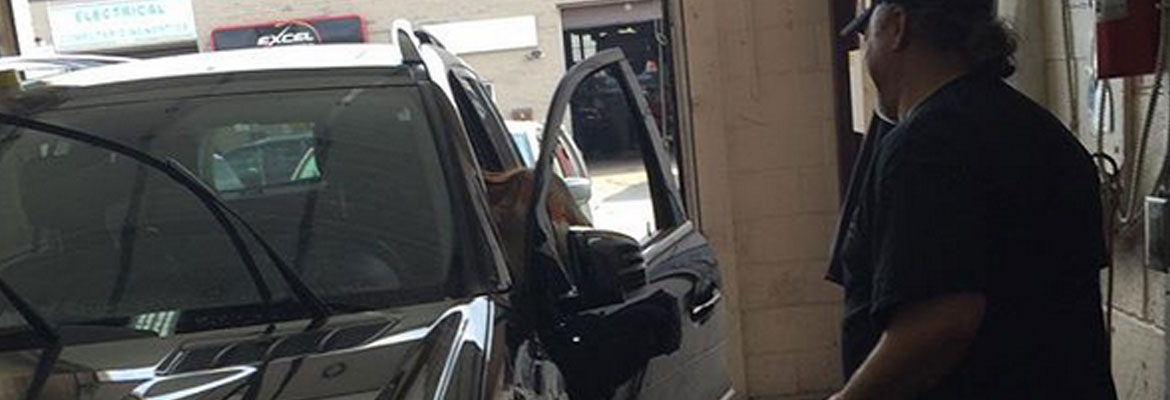ADAS is a safety and convenience application installed in modern cars that were first introduced in 2010 by car manufacturers. They feature a sophisticated system that assists drivers while driving or parking the car. There are three different levels of the autonomy hierarchy given by the Society of Automotive Engineers, depending on the features of the system, with Level 2 being the most common.
With ADAS becoming a standard in almost all modern cars, companies have now developed different types based on how they interact with the automotive anatomy of different vehicles.
The different types of ADAS that have evolved with technology are:
- Lane Keep Assistant (LKA) this system works to keep the vehicle in the right lane by notifying the driver about switching lanes without using the indicator. If the car continues to drift, it responds by automatically steering it within the lane.
- Lane Departure Warning System (LDWS) this is one of the first feature offered by ADAS which alerts the driver through a vibration on the steering wheel or the driver seat when the car unintentionally drifts away from the detected lane without activating the turn signal.
- Forward Collision Alert (FCA) it is an alert system that warns the driver through visual or audio when it senses that the vehicle is at risk of collision because it is too close to another car, a walk or an obstruction.
- Collision Mitigation Braking System (CMBS). The warnings are triggered when it senses an impending collision so that the driver can take necessary measures and the system will automatically apply brakes to avoid it.
- Adaptive Cruise Control (ACC) the system allows you to keep a continuous pace and at a safe distance from the vehicles in front and behind by adapting to the car speed.
This system work by relying on a camera attached to the windshield. The precision of installing the camera on the windshield plays a vital role in predicting the accuracy and efficiency of the ADAS, so it is significant that professionals correctly secure the windscreen.
There are two ways of installing and calibrating ADAS windshield cameras. Depending on the make or model, you may need a dynamic, static or a combination of both calibration and they require specialised tools and under a controlled environment.
The ADAS certified technicians at Wind Auto Glass have all the electronic devices required for precise installation. We make sure that it is in perfect condition by testing it under different weather conditions. We strictly follow each instruction for the calibration while keeping the integrity of the car and at reasonable rates to offer you the best services and ensure the safety of the vehicle.
For any information or consultation regarding your windshield and installing the ADAS, feel free to drop in at our garage.
